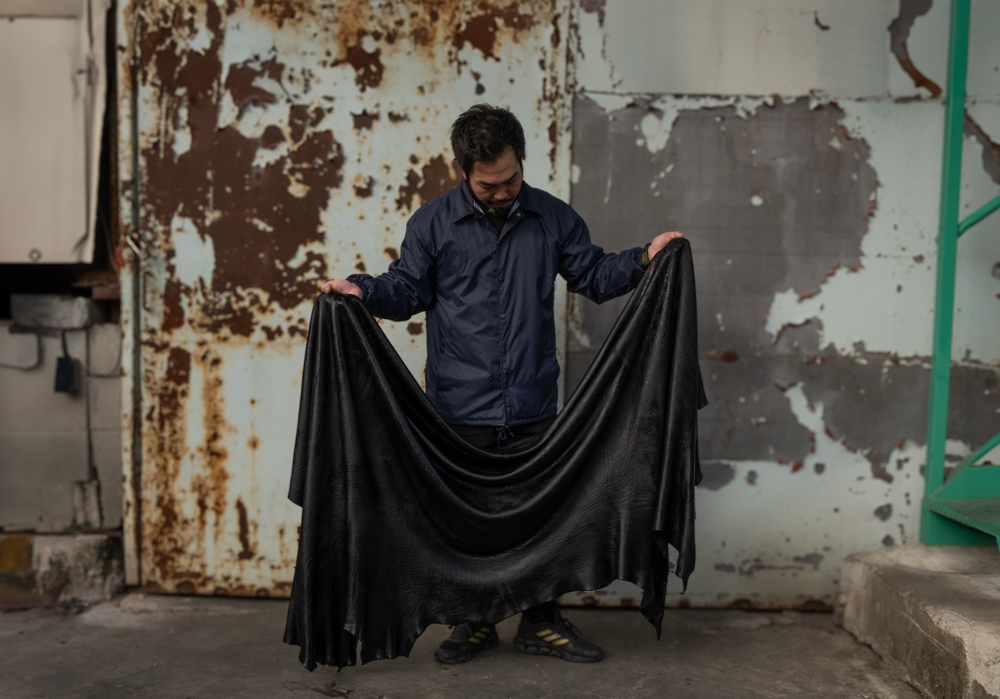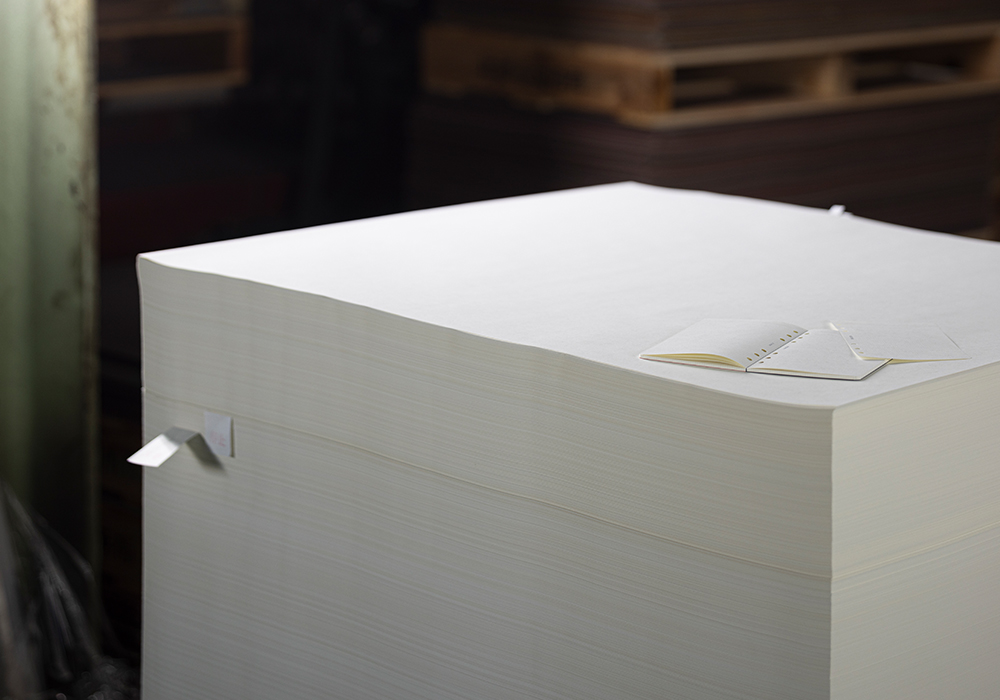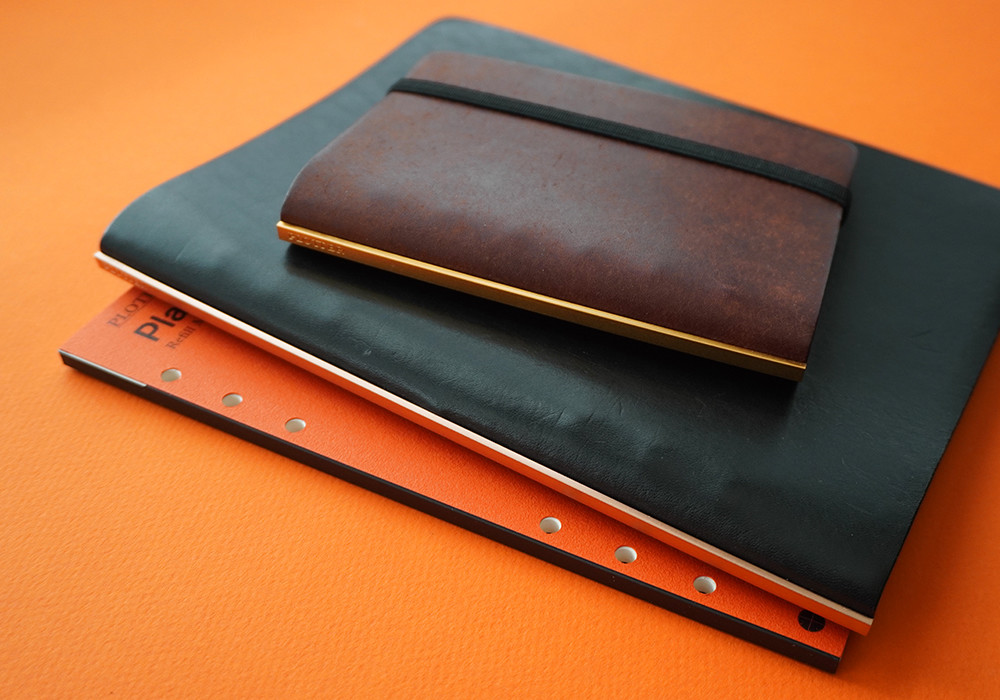The story of Shiranami Leather intertwines years of Japanese tradition with 21st-century innovation. Let’s take an in-depth exploration into how PLOTTER’s Shiranami Leather from the Japan Blue Project is created. From tanning, dyeing, and waxing, let’s peer into how leather artisans in Himeji, Japan expertly prepare Shiranami Leather for PLOTTER USA.
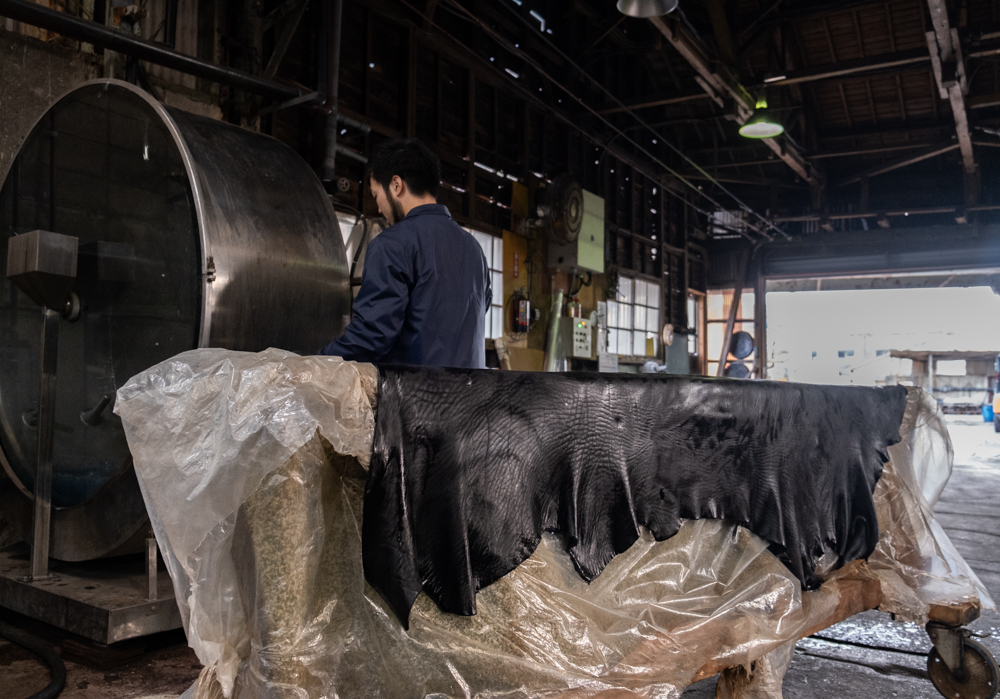
“Shiranami” translates to “white-crested waves,” evoking imagery from the renowned Japanese ukiyo-e artist, Hokusai. Hokusai’s signature artwork, “The Great Waves off Kanagawa,” portrays domineering white-crested waves, illustrating the natural world’s strength and beauty. This imagery encapsulates the unique beauty of PLOTTER’s Shiranami Leather, with its deep indigo color and white wax coating. To understand the parallels between Hokusai’s work and PLOTTER’s Shiranami Leather, let’s explore the leather preparation process at the Himeji tannery.
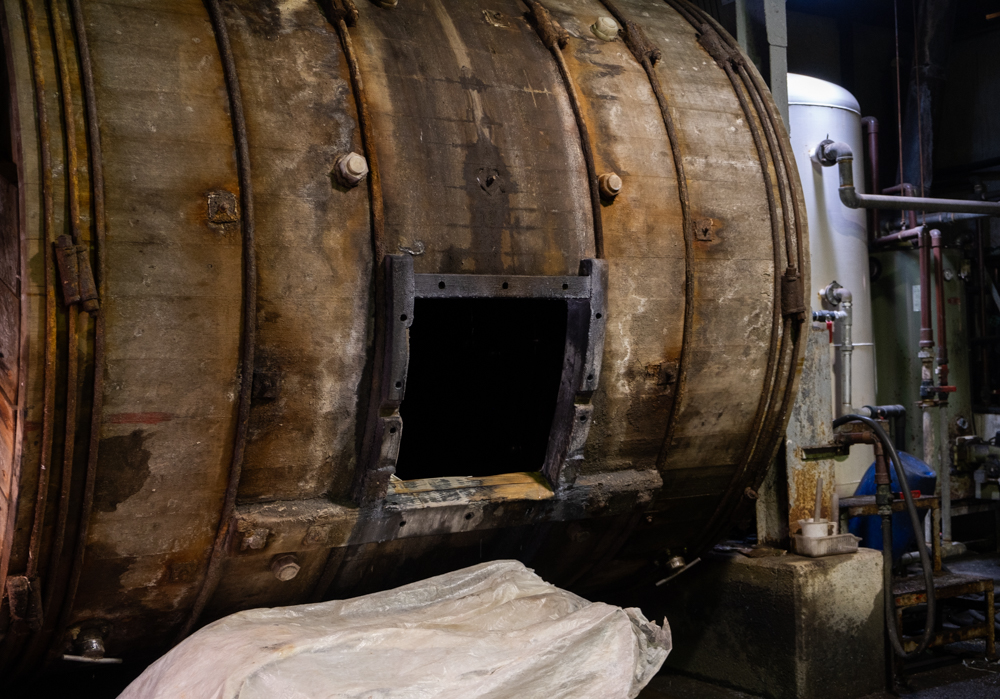
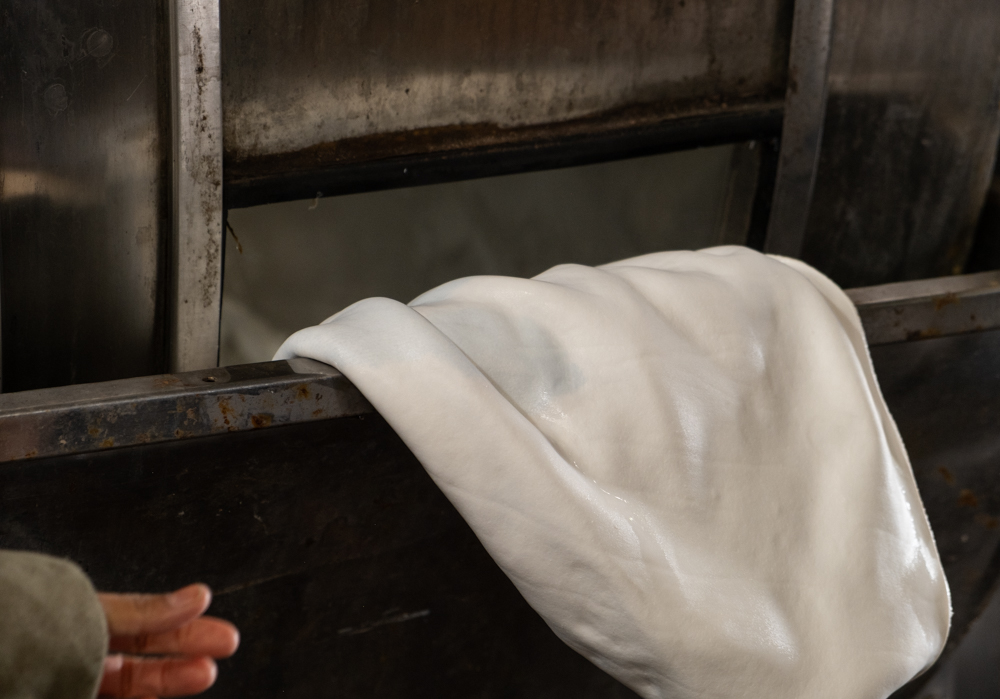
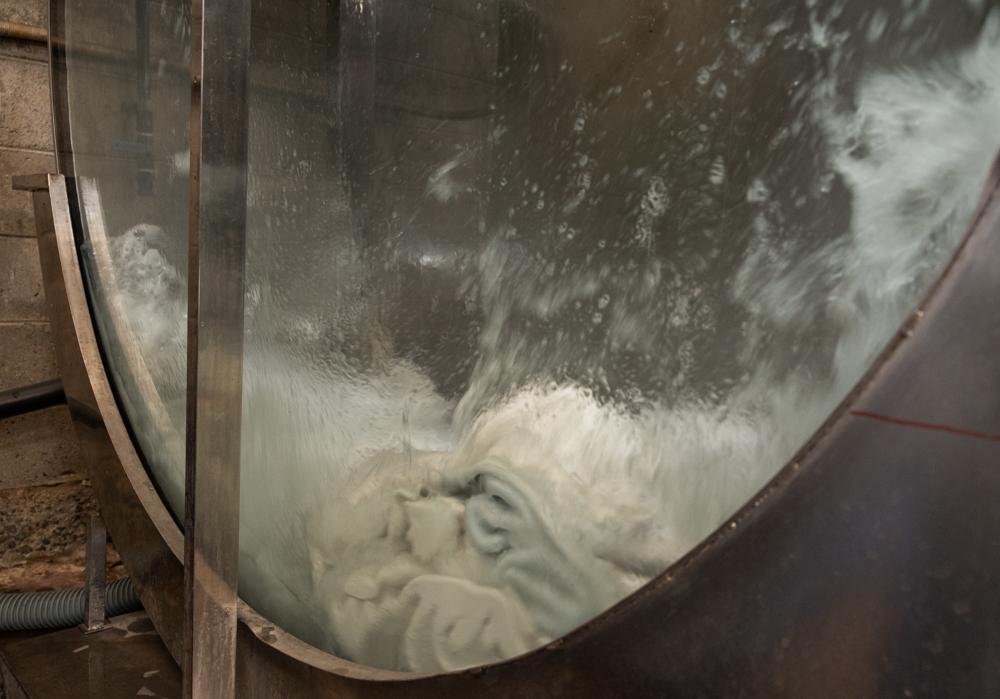
Our journey begins in Himeji, Japan where PLOTTER collaborates with leather artisans to treat and tan rawhide for PLOTTER Leather Binders. When the rawhide arrives at the tannery, it undergoes extensive preparation before dyeing. The raw cowhides arrive at the tannery folded in salt with hair and other debris intact, so the raw hides are soaked in water for a day to rehydrate to remove the salt. Once hydrated, the hides are placed in a series of solutions in wooden barrels to continue the tanning process.
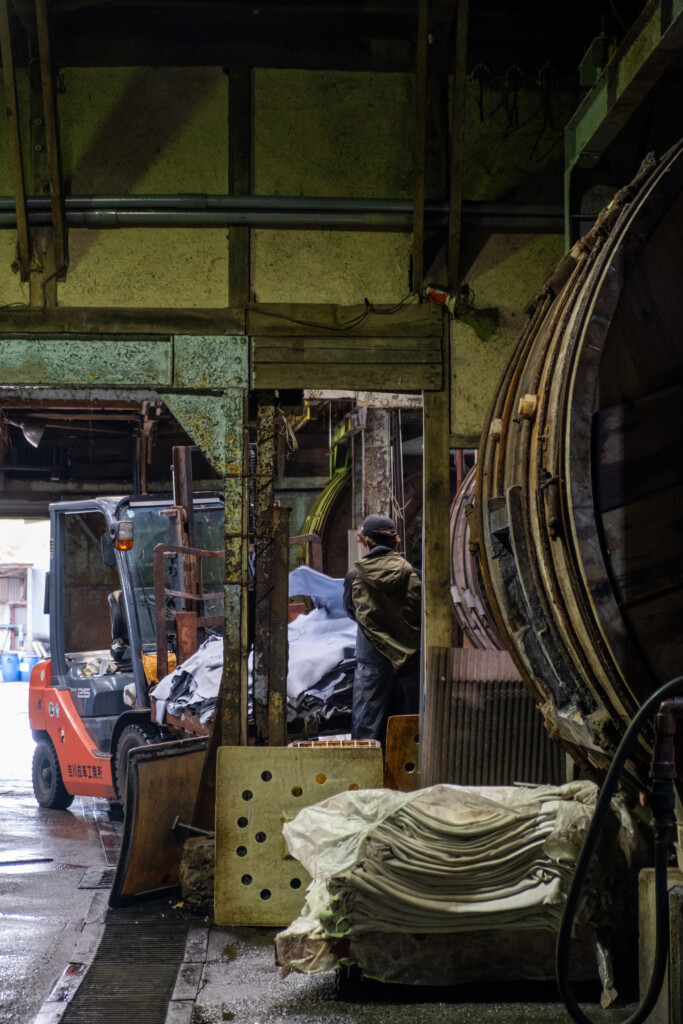
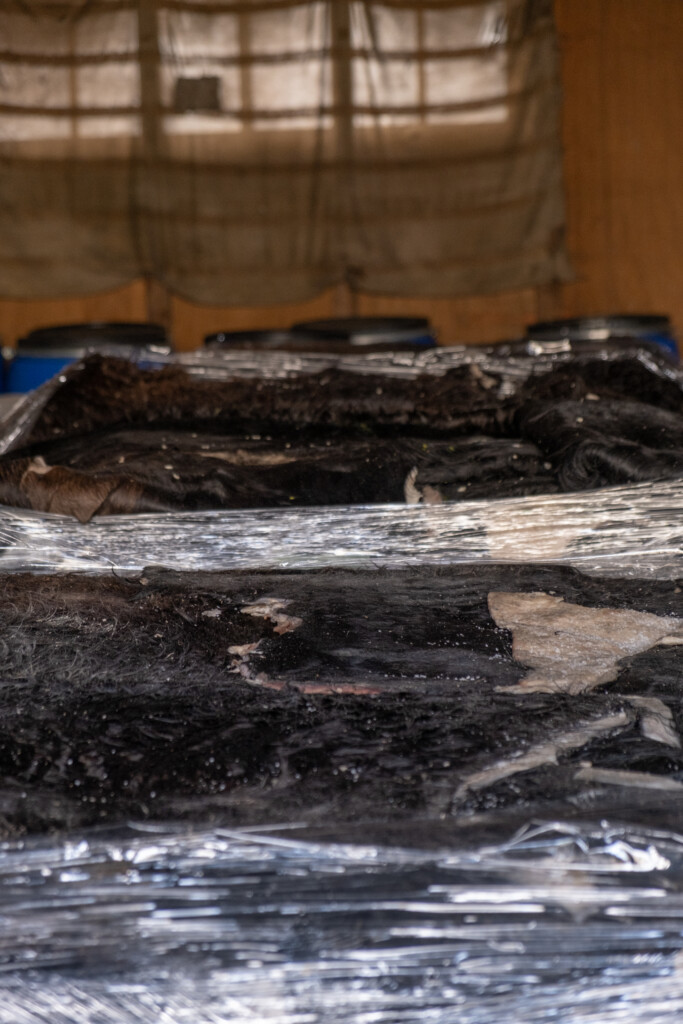
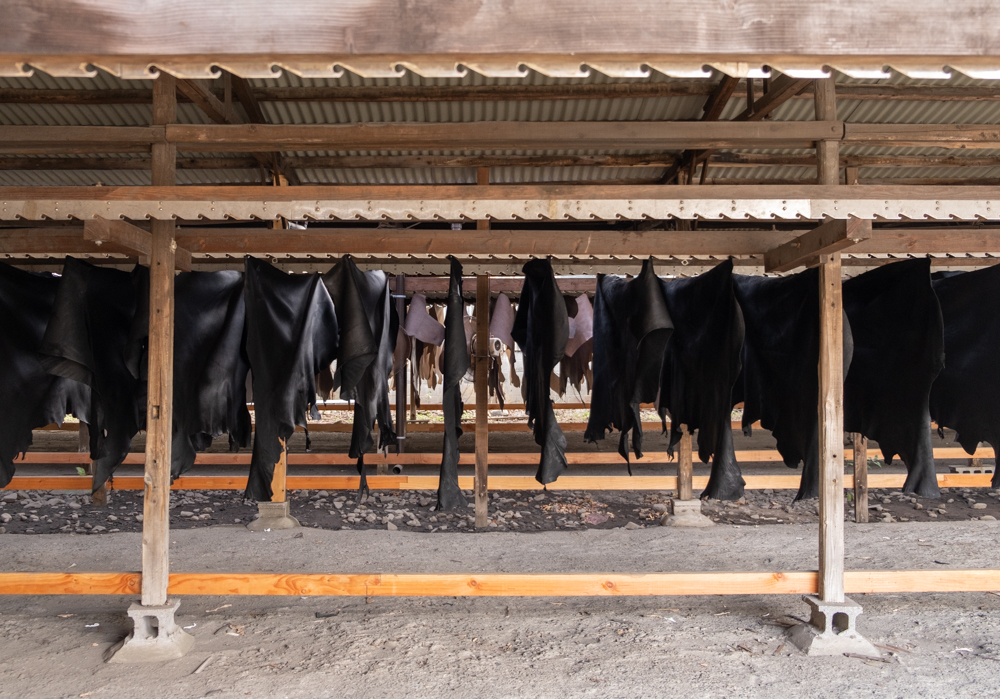
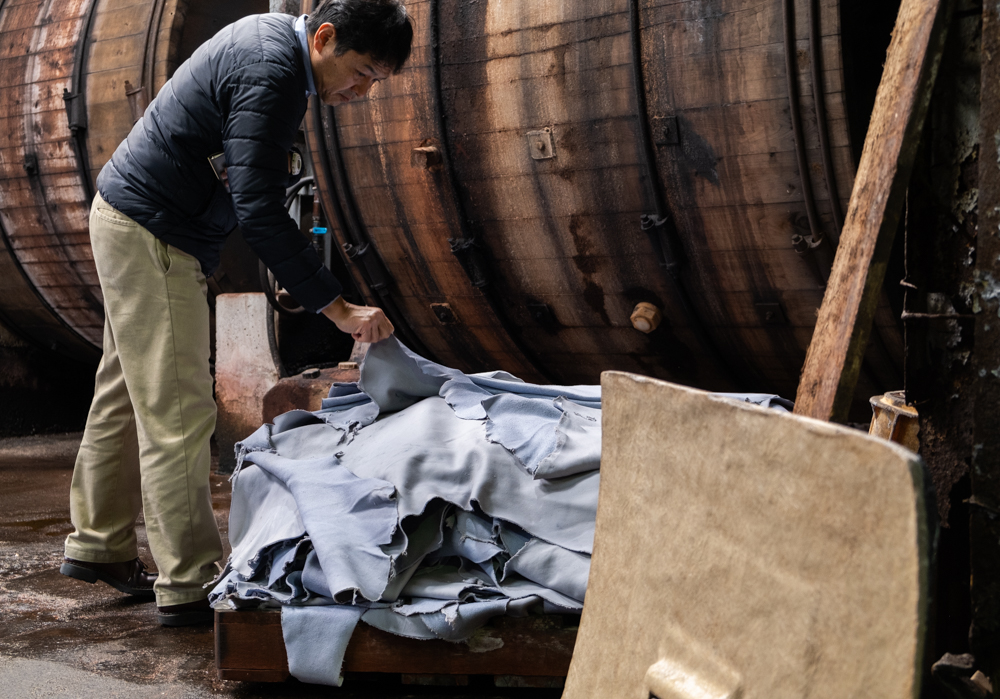
Shiranami leather has a white leather core, so it is essential that the pre-tanning process yields a leather stock that is bright white before it is indigo dyed. The Himeji tannery employs different wooden barrels for each step of the leather tanning process. Over the next few days, the rawhide will alternate between alkaline and acidic tanning solutions to ensure the leather is at the proper pH level for tanning. The tannery at Himeji specializes in using synthetic tannins for this process.
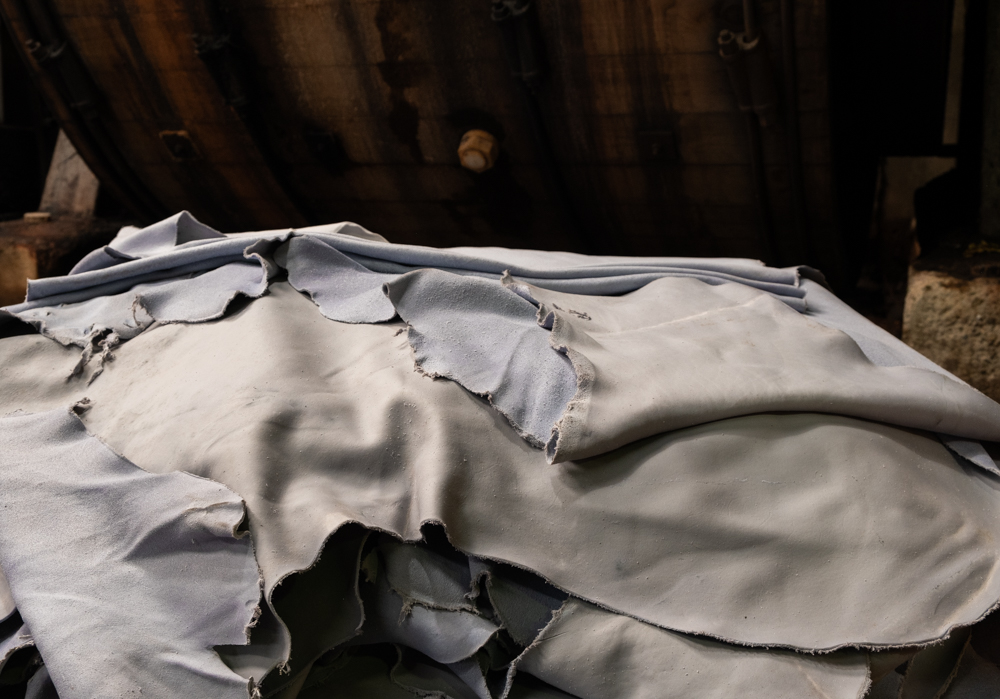
To clean the rawhide and remove the hair, the hides are placed in the first wooden barrel and washed with an alkaline solution to adjust the leather’s pH, making it more conducive to the rest of the tanning process. The leather spins in large wooden barrels for a day and a half in the alkaline solution, done incrementally to avoid damaging the leather.
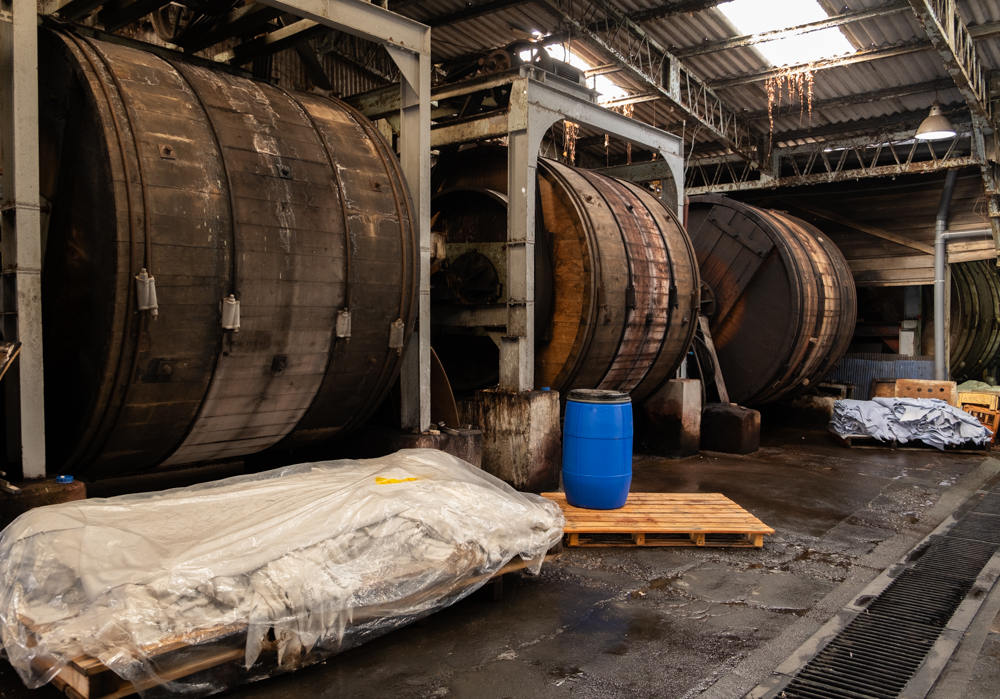

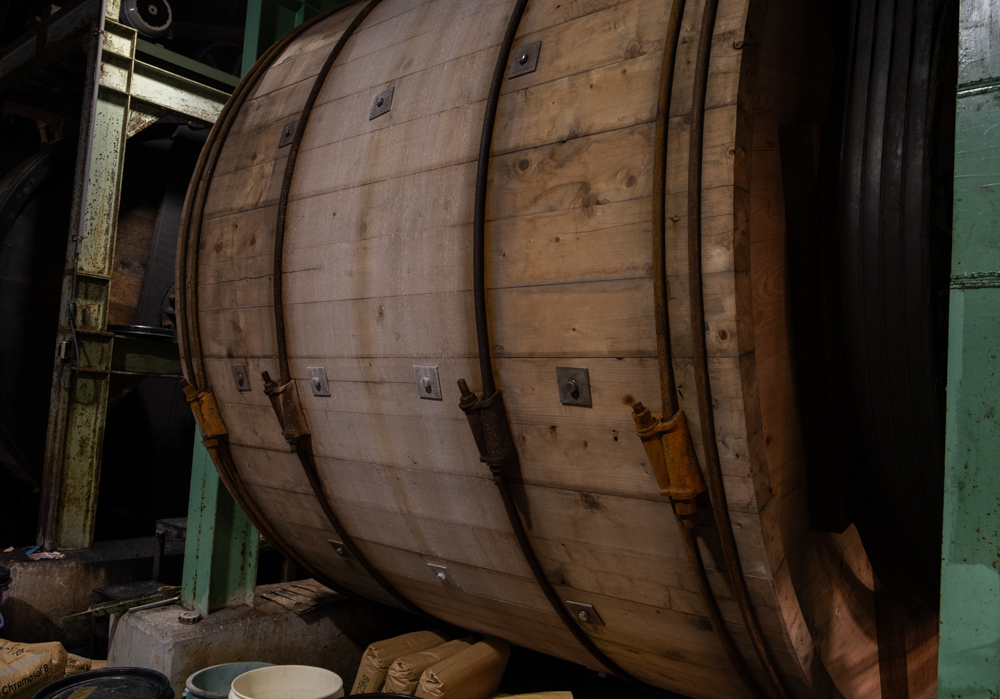
After spending a day and a half spinning in an alkaline tanning solution, the leather is washed and placed in the next pre-tanning solution. This second solution is acidic and helps smooth the leather. The hides spend two days spinning in this acidic solution, ensuring the leather is spun incrementally to prevent damage.
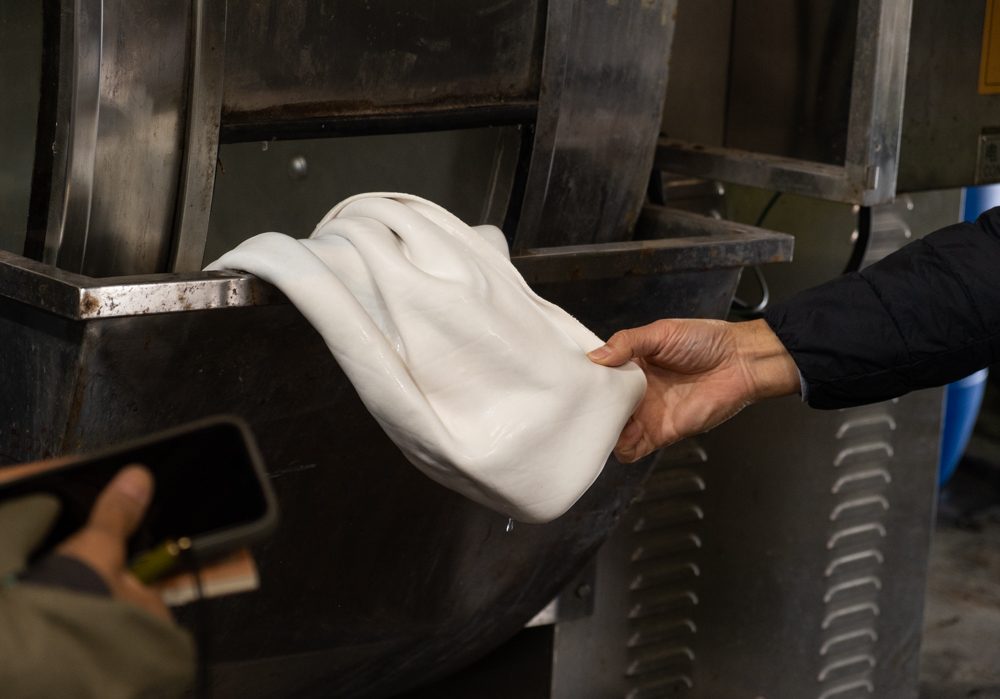
The final solution the leather spins in before dyeing is alkaline, which raises the pH of the leather. The hide spends a day spinning in this solution in large wooden barrels before moving to the dyeing process. By this stage, the leather is a stark white shade, ready to be dyed in rich indigo. Interestingly, only ten leather hide pieces fit in the wooden barrels, which yields roughly 100 PLOTTER A5 Leather Binders!
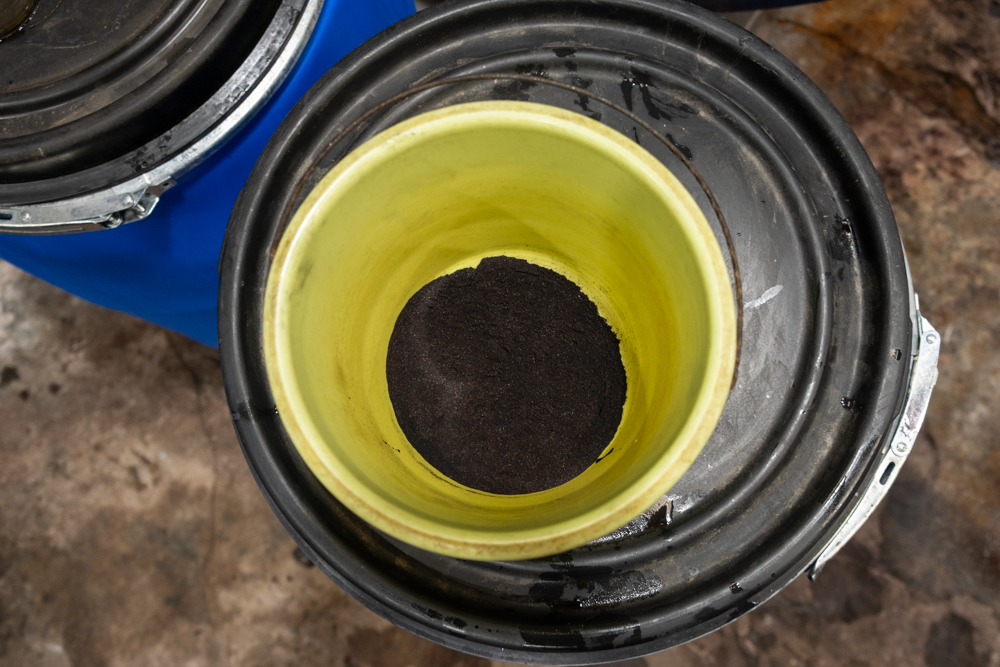
The dyeing process is where the magic of Shiranami leather truly unfolds. The leather transforms from a stark white into a deep indigo color. The process, known as “Aizome” or Japanese indigo dyeing, requires a meticulous temperature-controlled solution of water and indigo dye to yield the correct shade of blue. Temperature and the type of indigo play a large role in determining the final color of the dyed leather. The ratio of dye to water is based on the weight of the leather hides in the mixing drum. Typically for PLOTTER’s Shiranami Leather, the dye constitutes less than 1% of the solution, with the remainder being hot water and oils.
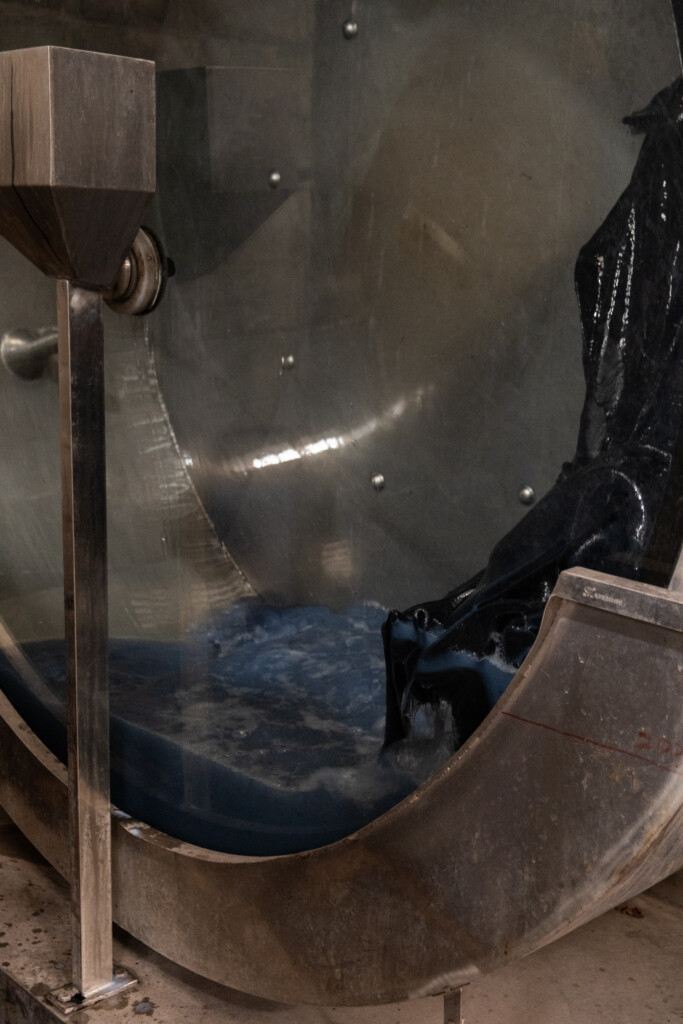
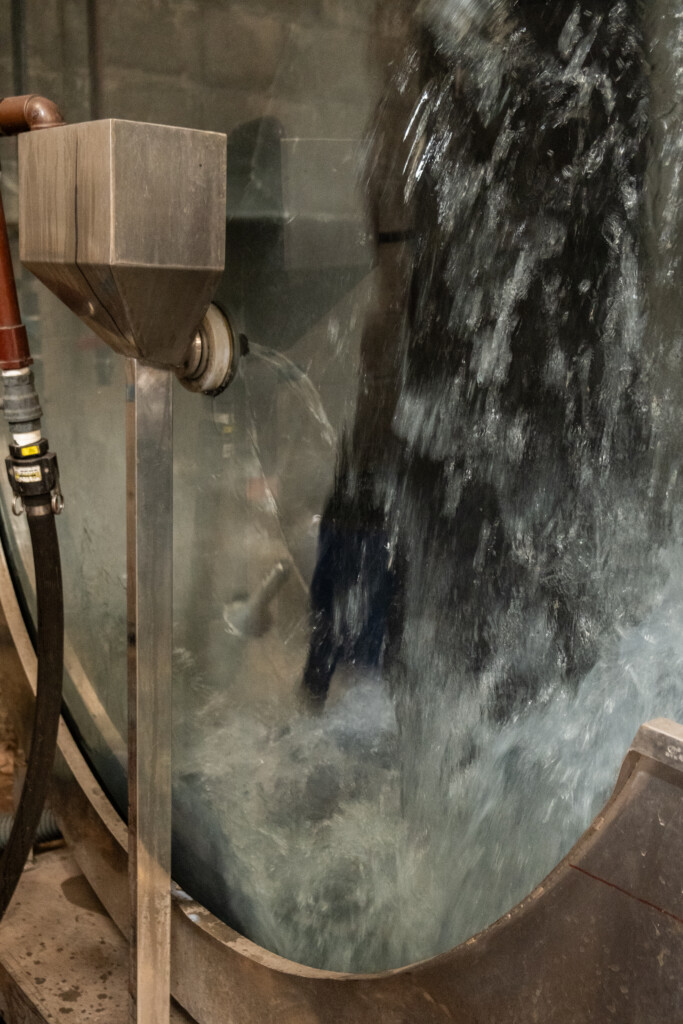
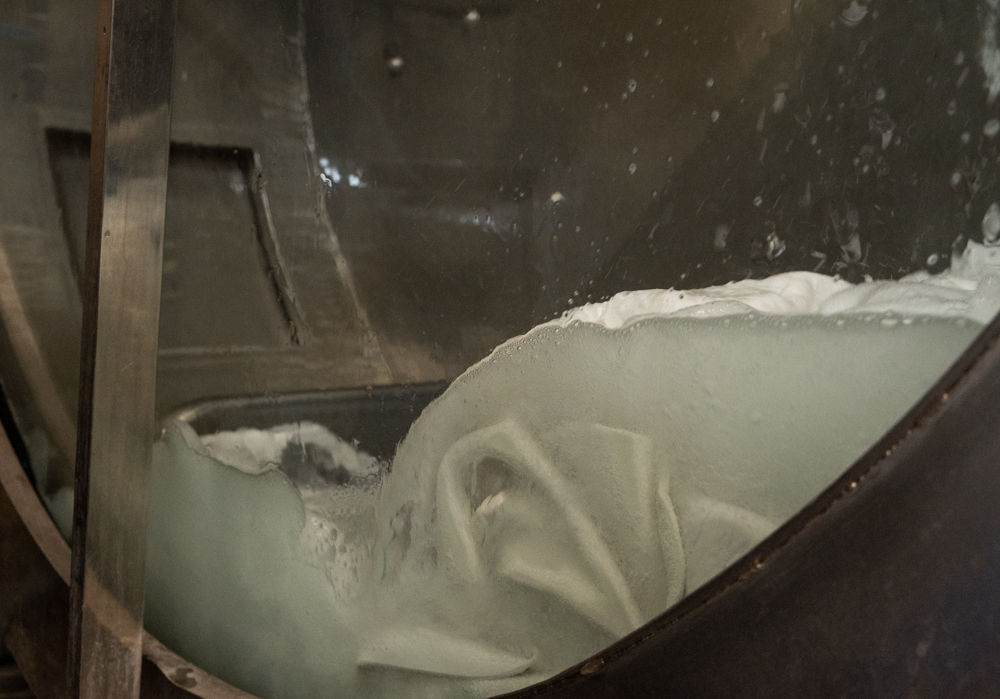
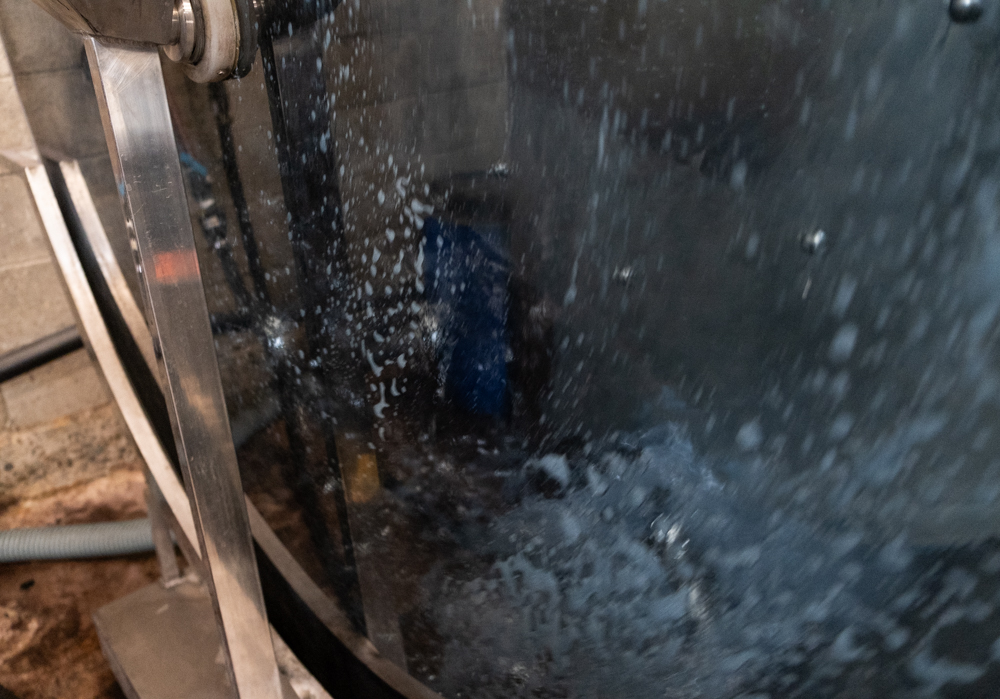
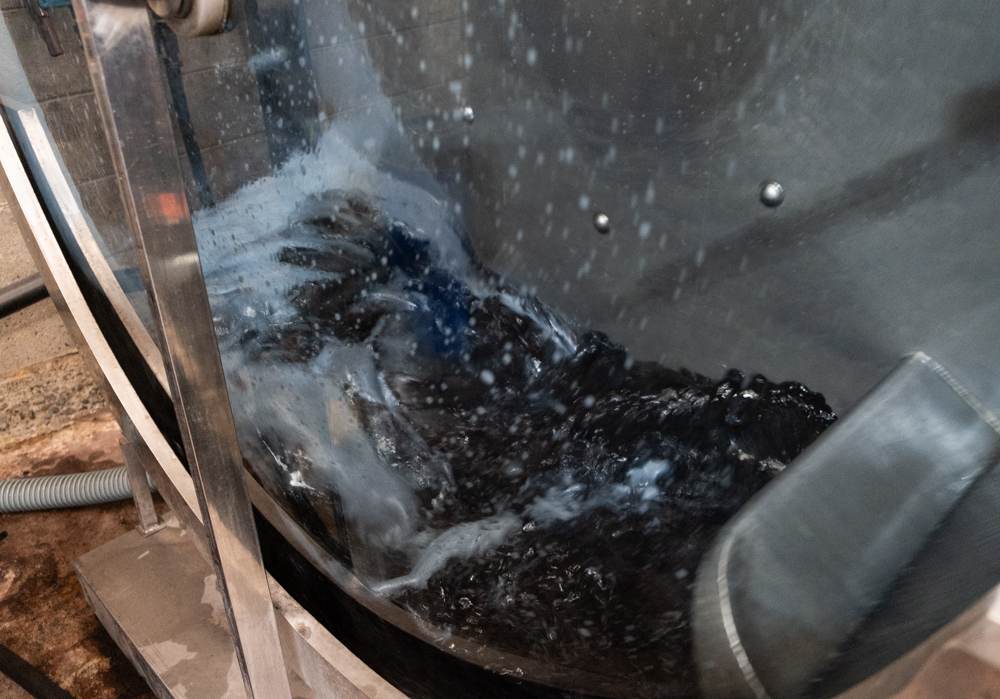
The spinning of the leather in the deep indigo dye echoes Hokusai’s iconic artwork, “The Great Waves off Kanagawa.” The sloshing leather in the barrel produces indigo waves, culminating in foamy whitecaps reminiscent of Hokusai’s artwork. Upon seeing this, both the leather artisans and PLOTTER’s director, Takayuki Saito, agreed that the name “Shiranami” – meaning white-crested waves – was the perfect fit for this leather stock.

After the indigo dyeing process, the leather undergoes a final treatment to become Shiranami leather. To produce the signature white wax coating, the leather is spun in a solution of water, white wax, and beef bone fat. This indigo leather is spun in the white wax solution for 30 minutes in heat to ensure the wax seeps into the leather. It’s crucial that the leather only spends a calculated amount of time in the wax mixture so that the wax only penetrates the leather’s top layer. This ensures that the Shiranami Leather Binders’ use will reveal the rich indigo leather beneath the wax coating over time.

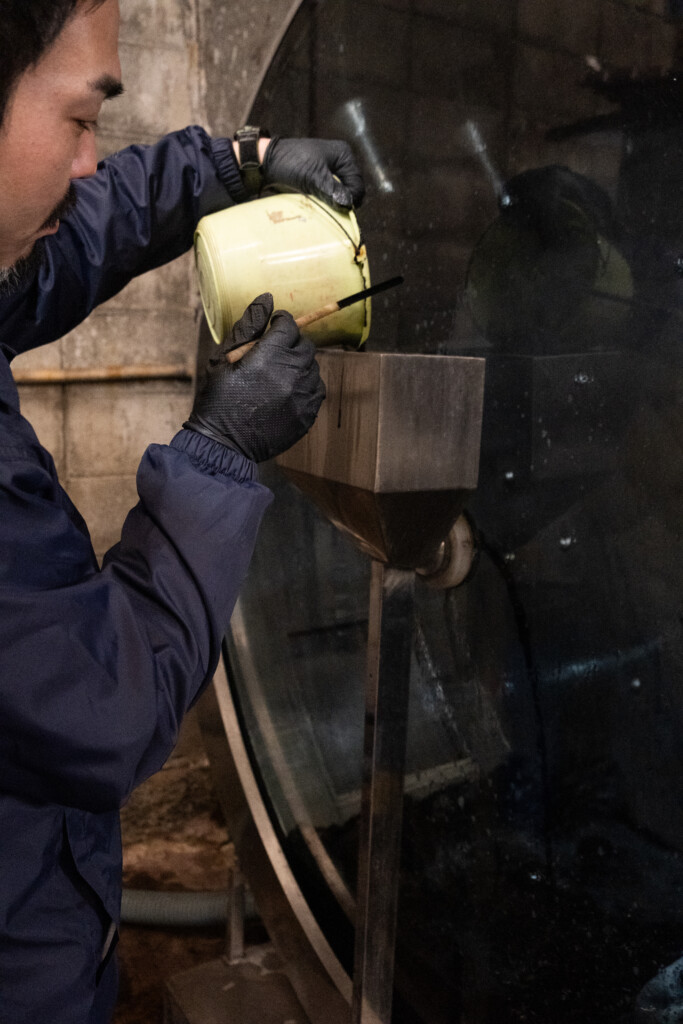
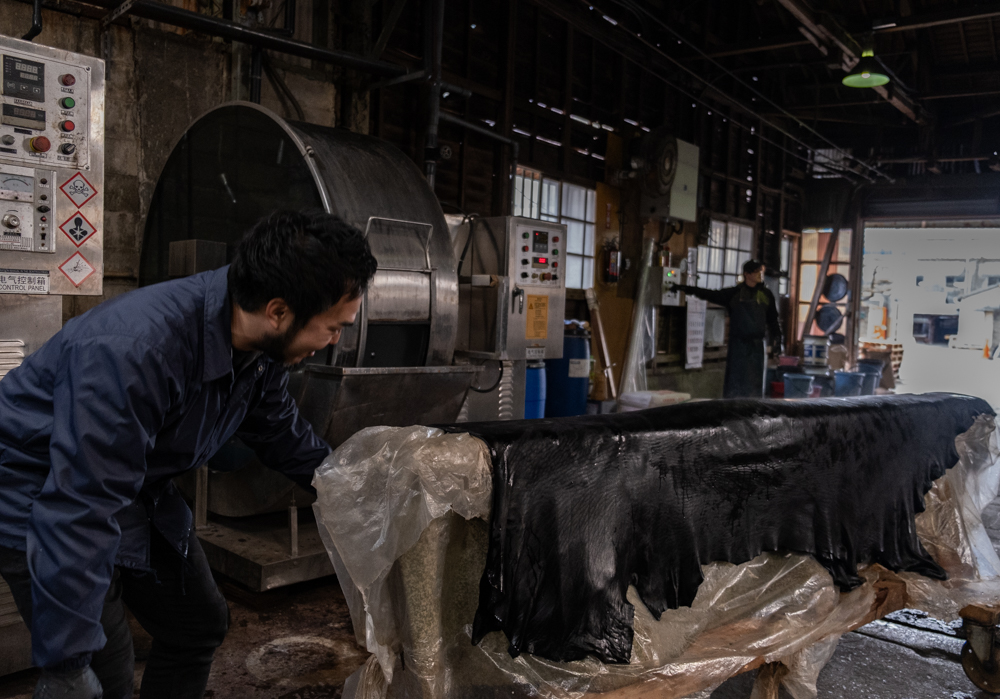
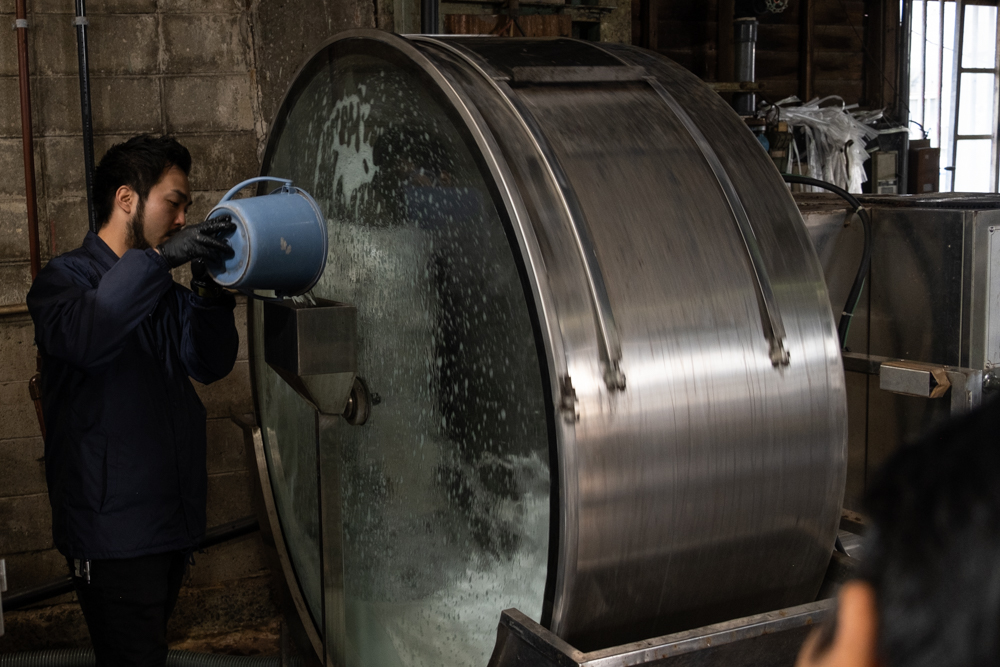
After the wax solution, the leather is removed from the spinning drums and allowed to air dry fully. While the leather is wet, it is deep indigo, but as it cools and dries, the white wax coating slowly appears, revealing the iconic frosty white luster of the Shiranami leather. The use of beef bone fat is crucial in this process as the fat allows the leather to remain soft and pliable despite the wax coating that rests on top of the leather. This unique wax and beef bone fat solution contributes to Shiranami leather’s signature smooth and soft texture. Sometimes this process is repeated to ensure that the leather has the proper amount of white wax – which can only be determined when the leather has fully dried. Slicing into the freshly dyed and waxed leather reveals the white leather core and the deep indigo dye that partially permeates the leather.
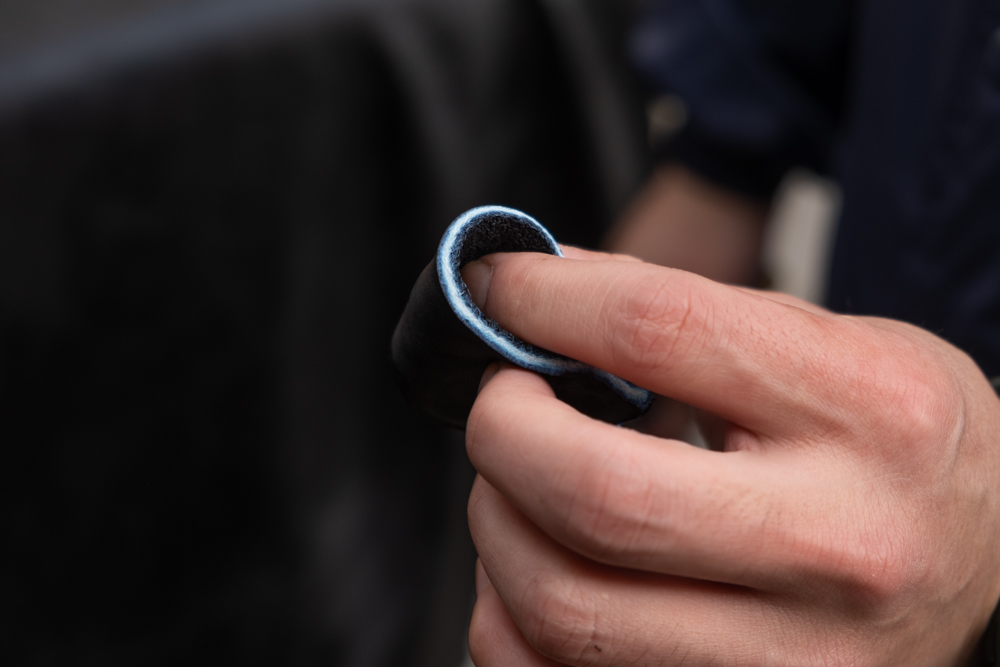
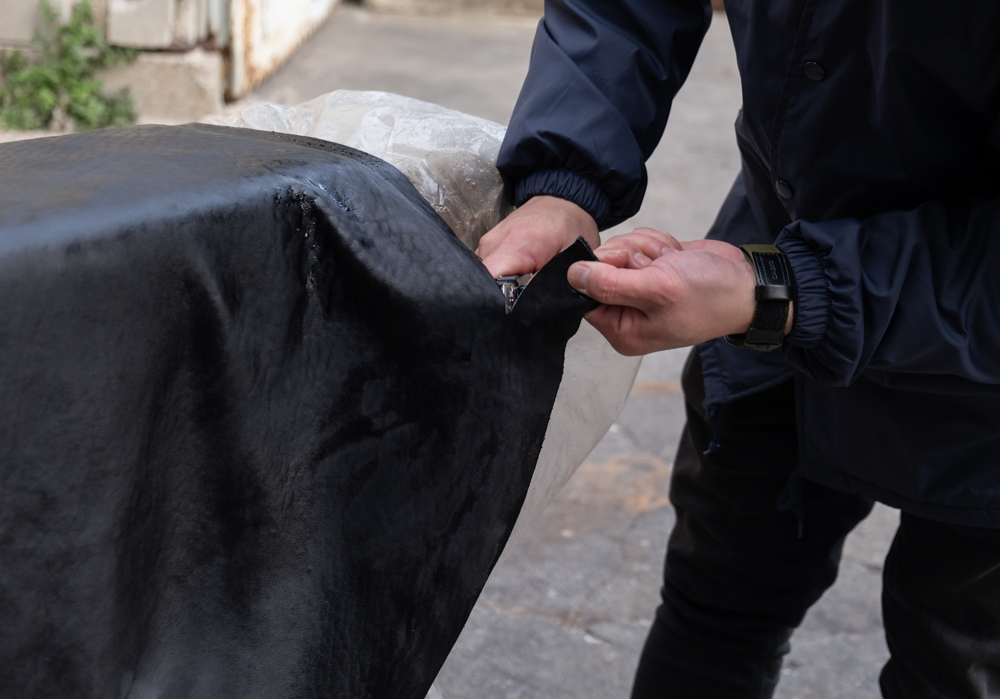
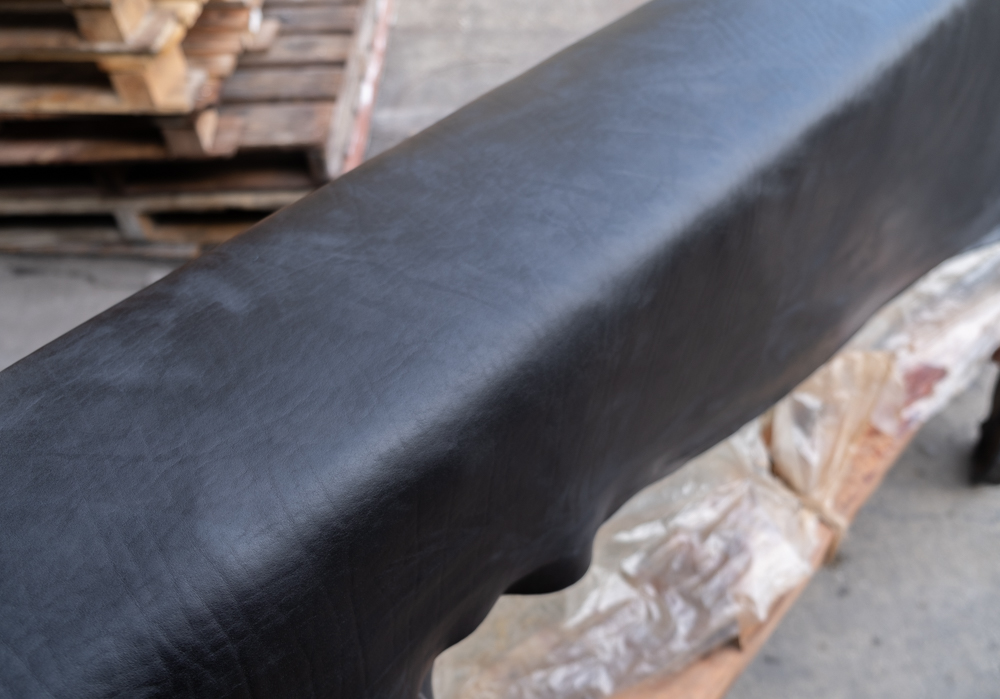
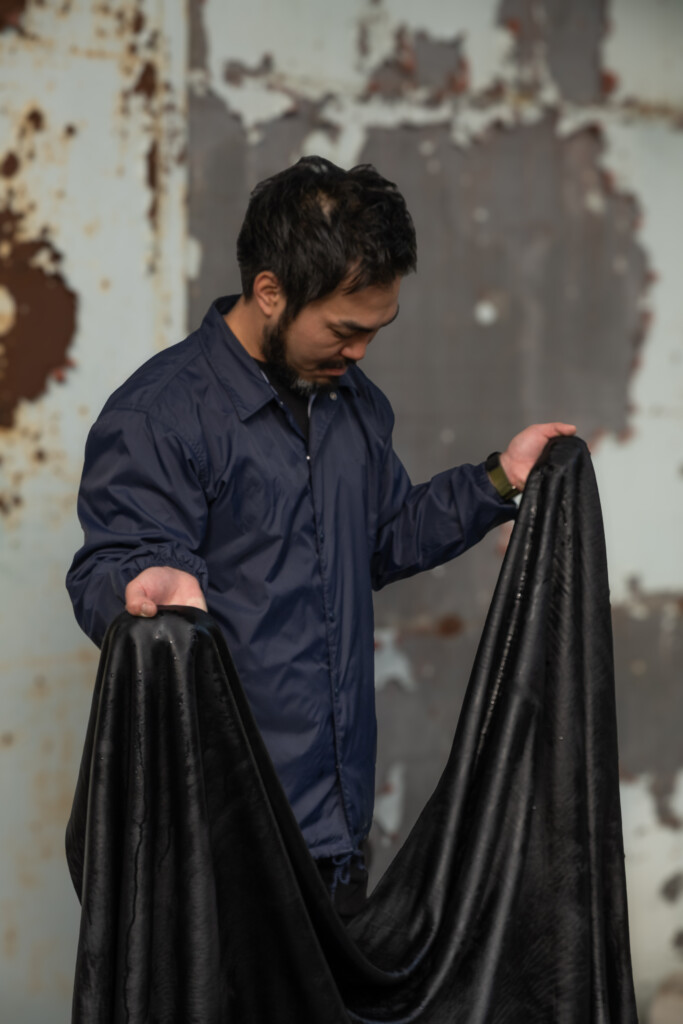
Takayuki Saito, PLOTTER’s Director, worked with Himeji leather tannery artisans, Mr. Yoshikawa and Mr. Nakamura, for over a year to develop the exact method to tan and dye Shiranami Leather. It took three prototypes to arrive at the final version of Shiranami Leather, with its iconic white leather core, indigo color, and white wax bloom. Early iterations of Shiranami Leather lacked the charming white wax bloom and did not convey the white-crested waves that inspired this project.

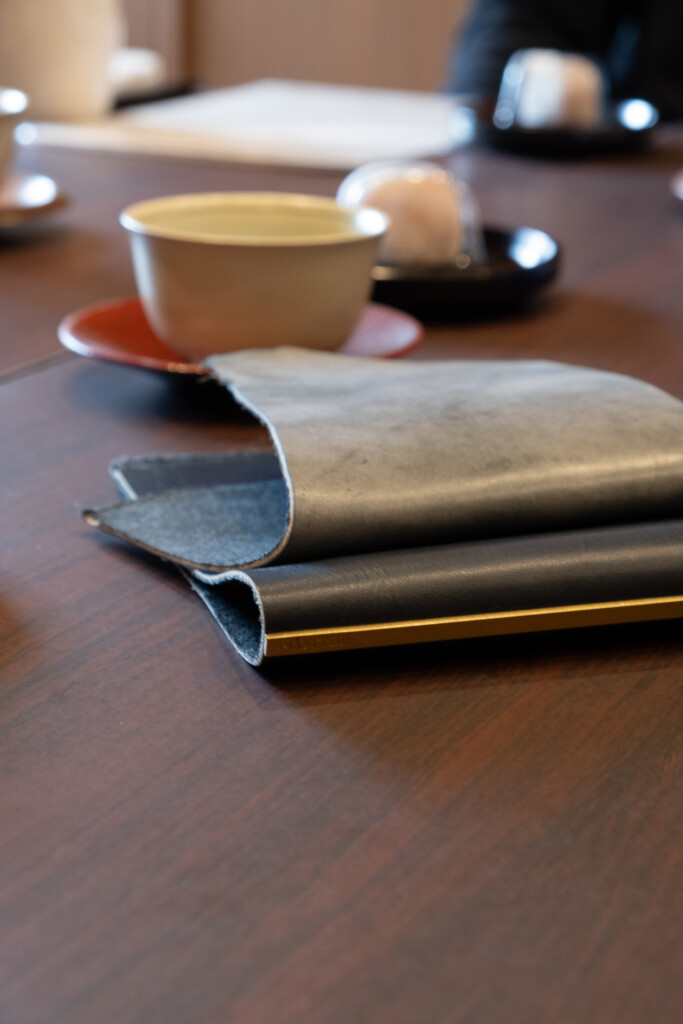
The finished Shiranami Leather is then transferred to the PLOTTER Factory, where the hides are cut into either A5, Bible, or Mini size. They are silk-screened on the interior with PLOTTER branding and skived in the center of the leather piece to prepare it for the next production stage, where the ring mechanisms and backplates are installed.
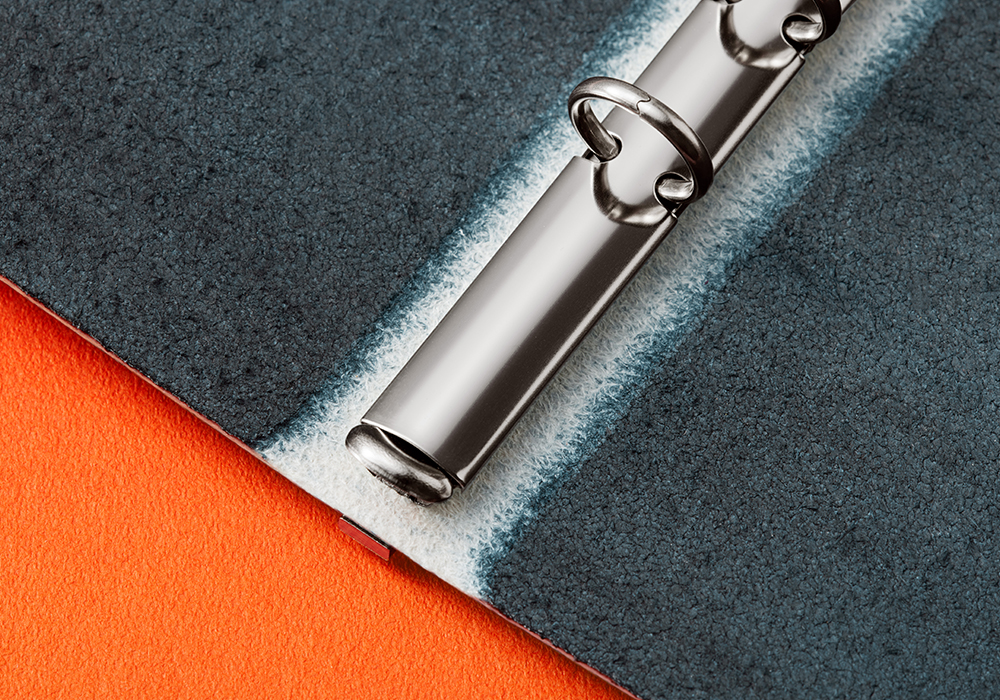
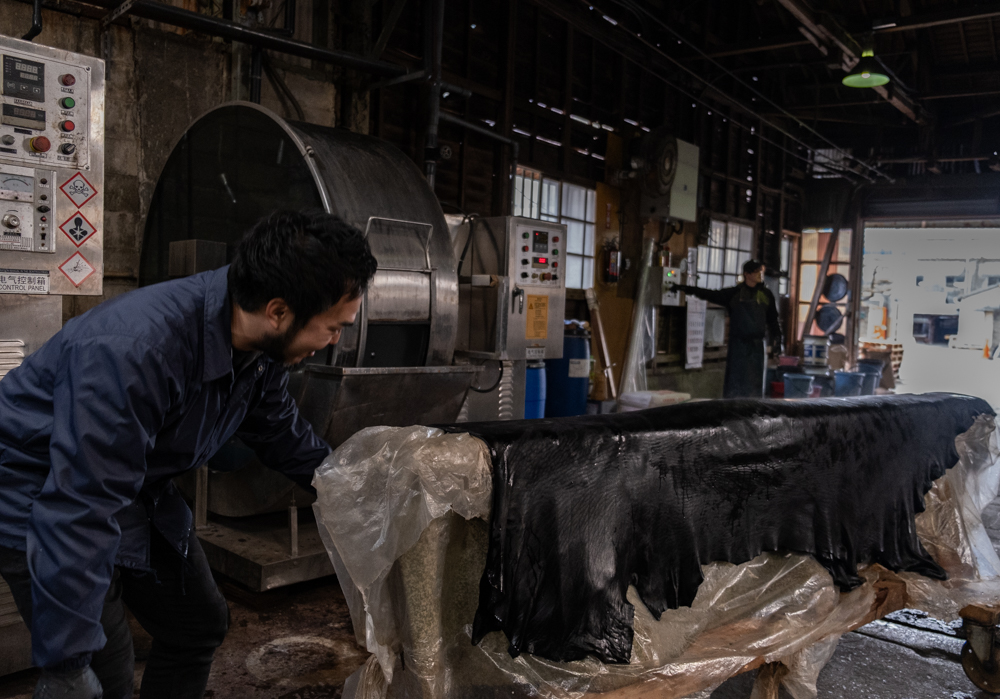
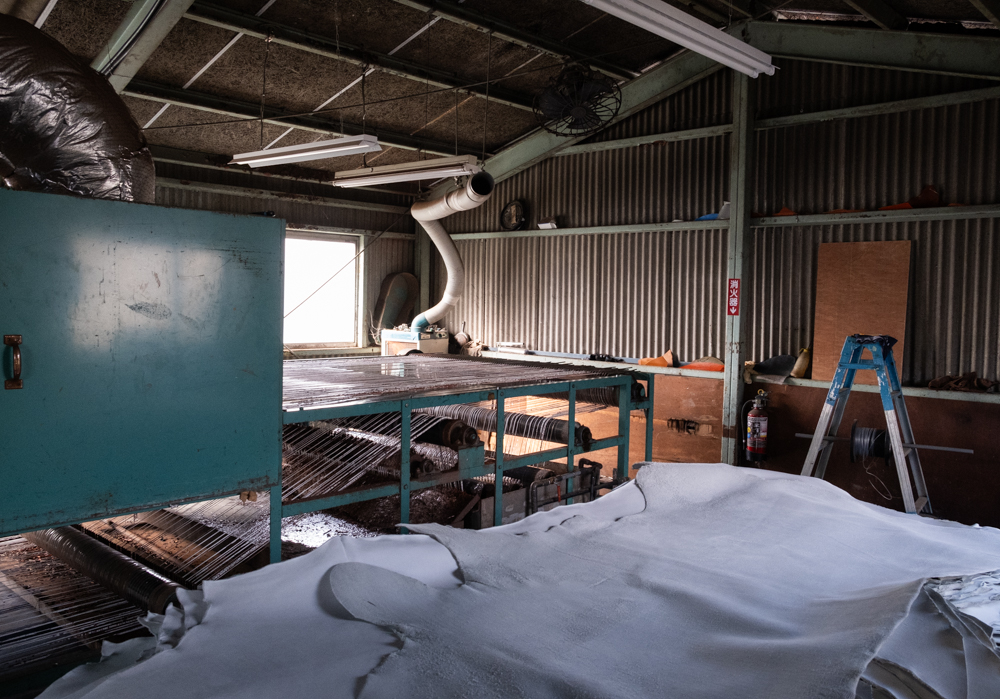
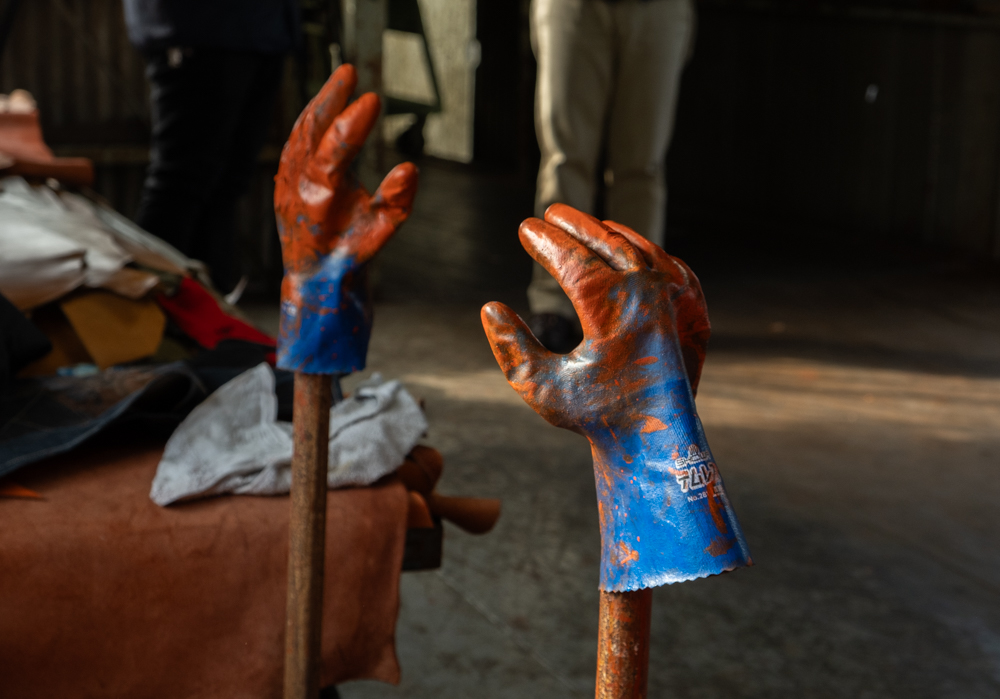
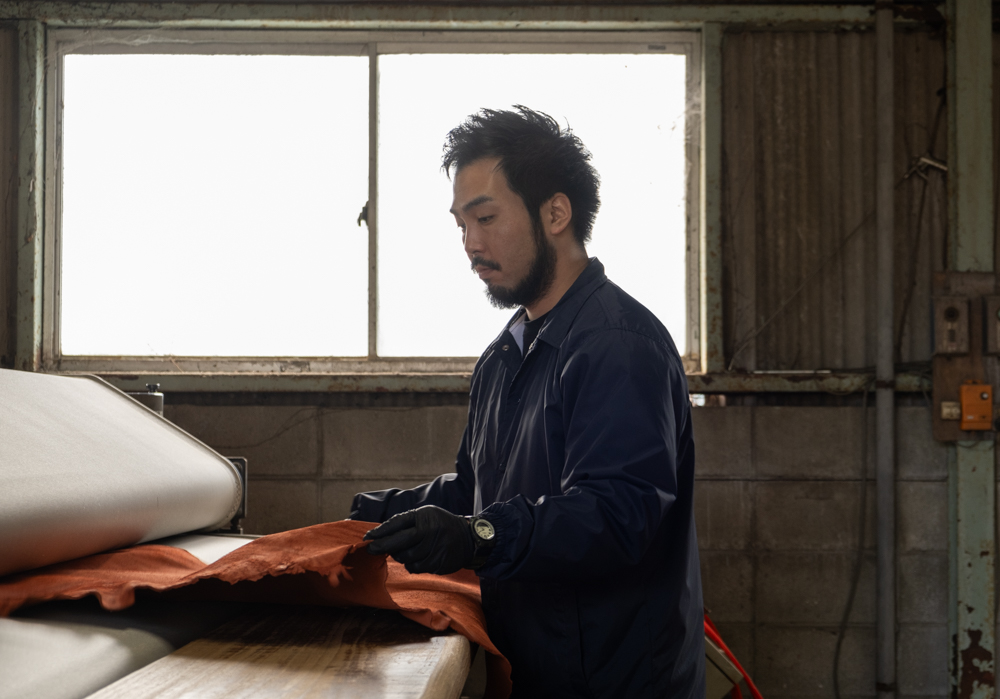
In conclusion, PLOTTER’s Shiranami Leather, imbued with Hokusai’s white-crested waves motif, is a testament to PLOTTER’s commitment to quality and tradition. The intricate tanning, dyeing, and waxing process, executed by skilled Himeji leather artisans, results in a leather stock that embodies the natural world’s strength and beauty. Each PLOTTER Shiranami Leather Binder, whether A5, Bible, or Mini size, is not just a functional item, but a piece of art that tells a story, inviting its user to become part of the centuries-old narrative of Japanese indigo dyeing and craftsmanship.
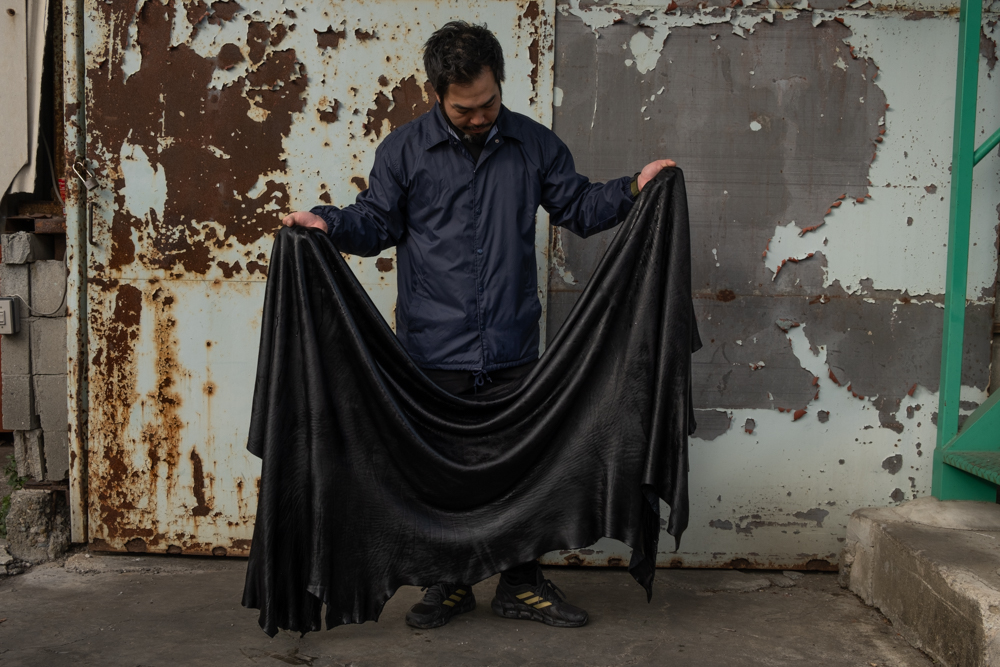
Draw Today, Shape Tomorrow.
